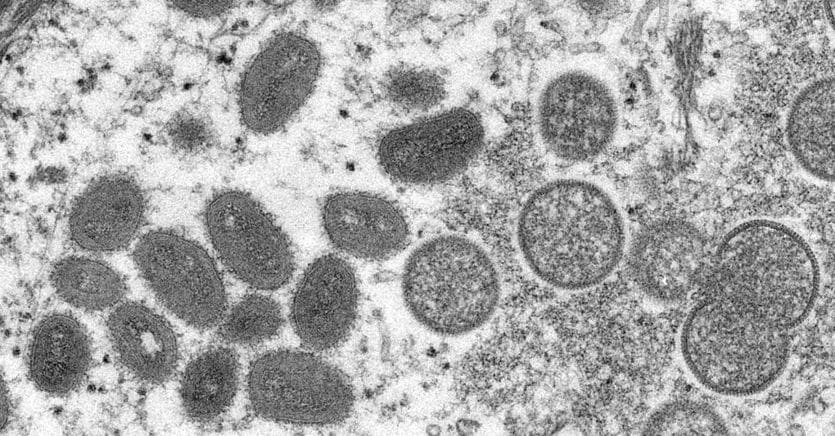The May 18 touches Portugal: 5 confirmed cases of monkeypox, more than 20 suspects, all young men, and all in Lisbon and Tagus Valley. Spain also reported 8 suspected cases. This, highlights the ECDC, “is the first time that transmission chains have been reported in Europe without known epidemiological links with West and Central Africa. These are also the first cases in the world reported among MSM “. And in Canada, according to a report in the “BBC online”, there would be checks in the course of more than a dozen suspected cases.
On Tuesday, the US CDC has reported to be concerned about the state of the epidemic in the United Kingdom and for the potential expansion of contagion: “We have the feeling that there might be some unusual methods of transmission, through intimate contact or some form of close contact personnel that we have not previously associated with monkeypox. ‘
WHO: no to travel restrictions
The World Health Organization, at the moment, “does not recommend any restrictions to travel and trade with the United Kingdom on the basis of the information available at this time”, and organized a meeting of experts on monkeypox and on orthopoxvirus, the large family of smallpox virus, for the start of next week. Among the issues that experts are likely to address is an apparent shift in the epidemiology of the disease in countries where the virus is endemic that has occurred in recent years. “We are seeing a change in the age distribution of cases, but also a change in the geographic distribution of cases,” said Ichael Ryan, executive director of the WHO Health Emergency Program. We really need to understand human behavior in those areas and try to prevent the disease reaches the man. “
Monkeypox is «once again, a result of the mistreatment we are forcing on our planet – according to the microbiologist of the University of Padua Andrea Crisanti, contacted by LaPresse -. It is not a new disease. It has existed for some time and, in South America, it emerged as a result of the deforestation of the Amazonian forests, resulting in greater contact between wild animal species and man – he explains – Fortunately it is not human smallpox ».
What it is and what it looks like
The monkeypox typically begins with flu-like illness and swollen lymph nodes, followed by a rash on the face and body. It can be transmitted from person to person through droplets, contact with body fluids or skin lesions. It is possible that people who were not vaccinated against smallpox (vaccination abolished in Italy in 1981) are at increased risk of infection with the “monkeypox” because of the absence of antibodies that, because of the similarity of the smallpox virus with monkeypox , can also be effective in counteracting this virosis.












































Δεν υπάρχουν σχόλια:
Δημοσίευση σχολίου